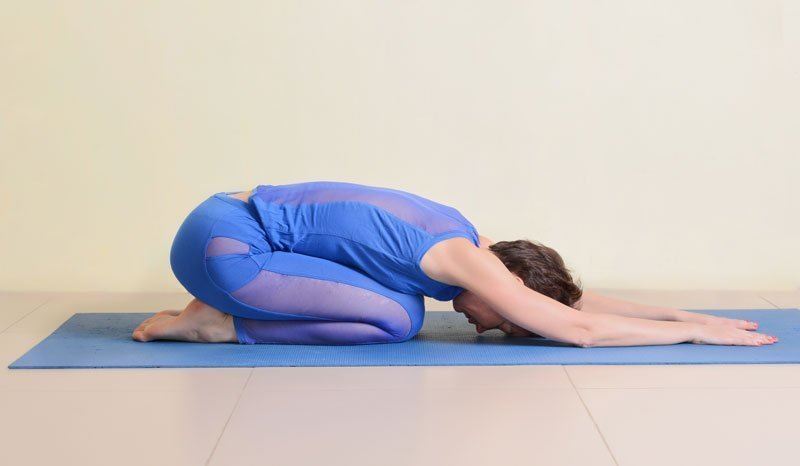Ever felt numbness, tingling sensations, or pain in your shoulders or arm lately? Have you experienced pain radiating from your lower back to the back of your leg?
Chances are you have a pinched spinal nerve, also referred to as radiculopathy.
What to do for a pinched nerve, you ask? If you don’t want to rush to a specialist, there are many ways for self-treatment. Don’t worry, we’ve got them all listed down for you.
Keep reading to find out about 6 exercises that will help you relax that impinged nerve:
1. Take a Break
When was the last time you stopped to take a break? As the saying goes, the best exercise is taking a break from routine. Breaks are very helpful when your work requires you to stay in a singular position for hours upon hours.
Some relaxing activities such as playing golf or basketball may cause pinched nerves. Even the simple act of texting, when done over and over again, can be the reason for that. It’s important to know your body’s limitations.
2. Adjust Your Workstation
If you’re looking for a way on how to treat a pinched nerve, make changes in your workstation. An ergonomic workstation will be a huge help to your posture and your pain.
A standing workstation is an answer for many adults in the US who experience back pain. It keeps the spine moving and flexible. You can buy different types of standing desks online, many of which go from sitting to standing with the push of a button.
Another workstation adjustment is to try changing your chair. Ergonomic office chairs are available in store and online.
Test and readjust your workplace changes for a period of time to see what works best for you.
3. Stroll Around
There are several bad habits that lead to pain in the back and neck. One of them is sitting in a single position for a long time. Another is sitting with crossed legs.
Stretching your legs is a great way to ease some of the pressure on your nerves. Instead of asking someone to go to the copier machine, do it yourself. If you drive to work, park a ways away from your office building so you can walk a little before you get right back to sitting down.
The next time you take a break, walk around a little. If you have time, go to a nearby park and take an actual stroll. The change of scenery will relax both your mind and your body.
5. Child’s Pose Stretch
Sometimes, basic stretches can deliver immediate pain relief. Of the different stretches for back pain and pinched nerves, the easiest to perform is the child’s pose stretch. This stretch is a popular resting pose in yoga practice.
Start by getting on your hands and knees, basically getting down on all fours. Make sure to keep your knees apart but the big toes of your feet still touching. Sit up first, straightening your spine, and then reach forward or bow forward with your arms laid straight ahead.

Keep your palms facing down as you bow forward, letting your hands and head touch the floor. Keep going until you feel the stretch pull your back. Hold this for several seconds and then revert back to your sitting position.
6. Heat and Ice Packs
Indeed, this is a relaxing tip: take a hot bath.
Muscle tightness could be the reason for that pinched nerve. When you put some heat on the area, the muscles around your nerve loosen up and relax.
The great thing about heat treatment is it doesn’t only feel great but it increases blood flow too. That means it speeds up your healing process. As a note, 10-15 minutes of heat in intervals is best.
Aside from heating packs, ice packs are also great to reduce swelling. This is the go-to remedy if you have a muscle spasm or strain. As with heating pads, a maximum of 15 minutes of contact is enough time.
7. Leg Elevation
Here’s a good reason to get a new fancy footstool or ottoman. If you have that feeling of a pinched nerve in the lower back, the best thing to do is to elevate your legs. Check that both your knees and hips have a 90-degree bend.
If you don’t have a footstool, there is another option. Place some pillows under your knees when you sit. That way, your legs are still elevated to an angle.
If there is still some pain, lay down. You can do this on a bed or a couch. Pull up your knees to your chest.
Before you sleep, position your body so it is lying sideways. Elevate your other leg by placing a pillow between your legs. This should help you sleep a little better.
Enjoy a Pain-Free Lifestyle
With regular practice, these 6 exercises can help you get rid of the pain of pinched nerves.
These are only some self-care exercises. If you feel that the pain is too much, you should consider seeing a spine specialist.
Did you enjoy the read? Check out our other blog posts for more information on spine conditions. Here’s one discussing the benefits of good posture.

